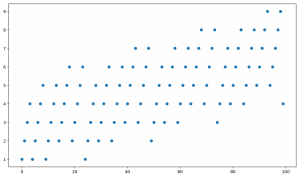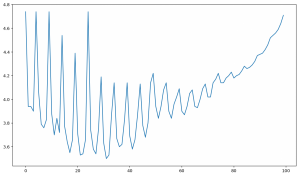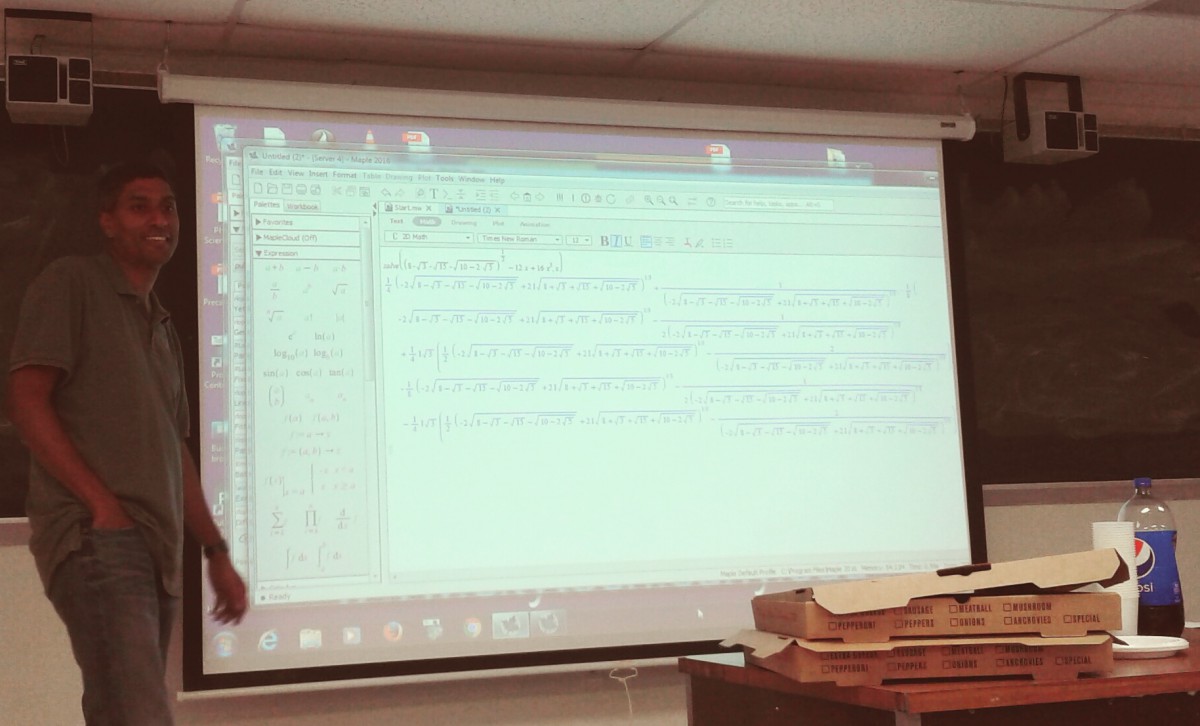Title: “The Coin Change Problem”Speaker: Johann Thiel (NYCCT)Date/Room: Thursday Oct. 12, 2017, 12:45-2:00pm, Namm N719
Abstract:What is the minimum number of coins needed to give someone 82 cents in change? There is a simple algorithm that solves this question for our current coin system using pennies, nickels, dimes, and quarters. (Can you figure out the algorithm?)The more general form of this question is called the Coin Change Problem: given a list of coin denominations and a change amount, what is the minimum number of coins needed to make the change amount?In this talk we will apply dynamic programming techniques to this problem. In particular, this talk will feature some Python programming.
Author Archives: Suman Ganguli
September 28, 2017: “A look at the radical side of trigonometry” by Dr. Satyanand Singh
Dr. Singh’s abstract can be found below. Further details can be found in the journal article “The Sine of a Single Degree” by Travis Kowalski, which appeared in the November 2016 issue of The College Mathematics Journal; the pdf is available for download on JSTOR here.








